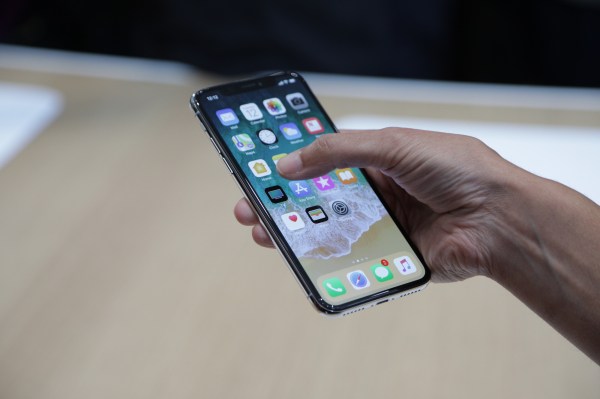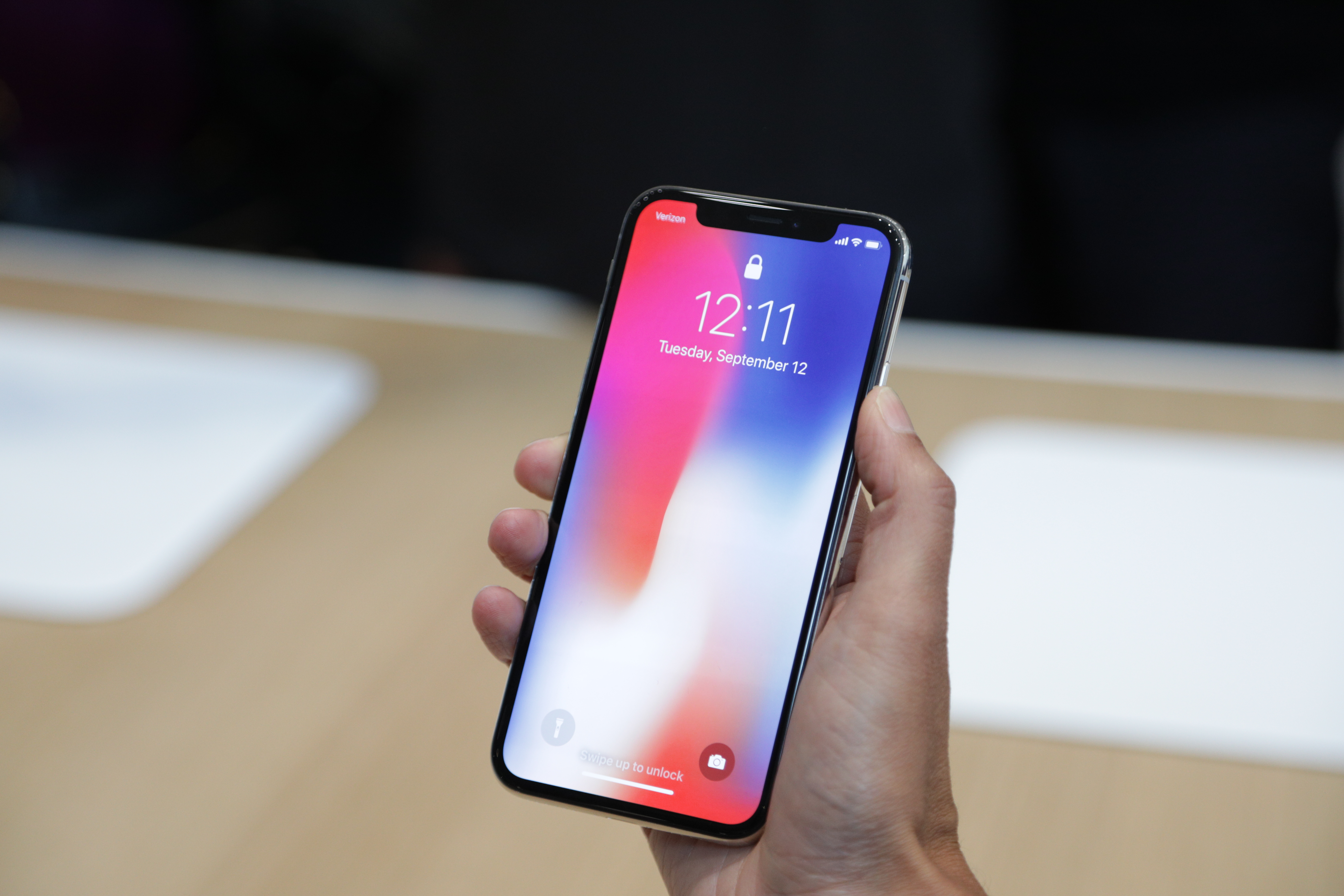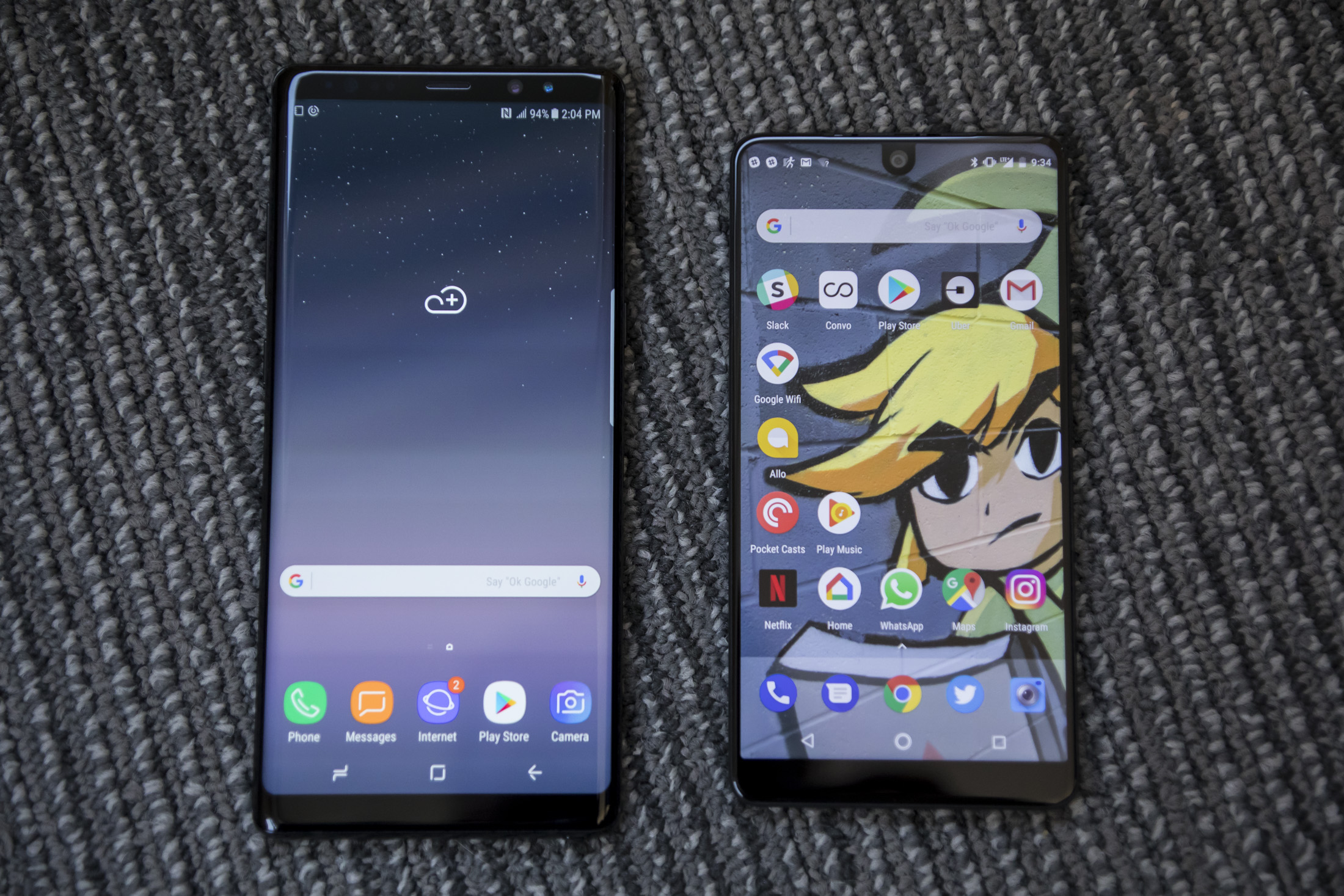The iPhone X is billed as a future-focused device with a lot of cutting edge tech, available at a premium. It kind of reminds me of the positioning of the original MacBook Air, or the new MacBook, when those two devices were first introduced – tomorrow’s tech, available today, but for a bit more money and with a few trade-offs as a result of being ahead of its time.
And the iPhone X does have trade-offs – losing Touch ID is a blow, since it’s one of Apple’s strongest innovations in terms of convenience features for a mobile device, and one that has become essentially industry-standard across smartphone manufacturers.
There’s also the price: At $999 to start, this is the most expensive iPhone Apple has ever sold, and with upgraded memory options it’s easily more expensive than the cheapest Mac notebook in the lineup. Apple’s putting new meaning into the term “premium” when it comes to the smartphone category, even considering some recent high-priced device releases from competitors including Samsung.
These caveats might suggest that the true flagship of the moment is actually the iPhone 8 (and 8 Plus), which offer improved capabilities and hardware designs, but keep the price point the same as the 7 (and 7s) that preceded it. For a lot of users, that’s all that’s needed – better specs where it counts, and some great-looking photography features like the new Portrait Lighting mode on the iPhone 8 Plus which compliments the existing Portrait Mode features.
And while it does look like a strong offering, there’s no question in my mind that the iPhone X is the true flagship, and the iPhone that Apple needed to field now to keep pace with the rest of the industry. The Android device field has never been stronger, and some aspects of its current leading trends meant that the X was inevitable.
Using devices like the Samsung Galaxy Note 8, LG V30 and Essential Phone have revealed one core truth about the current smartphone field: Display is king. The difference between using a smartphone with significant bezels and using one without is astounding, and builds over time. In the same way that it was hard to go back to smaller device once Apple relented and finally released an iPhone with a display larger than 4-inches, it’s very hard to go back to a bezel-heavy piece of hardware once you’re used to one without.
Similarly, dual optical image stabilization on the rear camera is going to be something that, once you have it, you won’t want to give up. On the Galaxy Note 8, it makes a huge difference when using the tele lens, and I’m willing to bet it’ll be similarly beneficial with the iPhone X, if not more so.
OLED displays, again, are fairly standard on competing devices, and hard to give up once you’re used to their pure blacks and vivid colors. Apple has been holding on the apparent premise that it needed to get color rendering and other aspects of the display up to its exacting standards, but now that it has, it’ll be very hard to look at its older mobile display tech in the same way.
The iPhone X, you could argue, is overkill – just look at its leaked benchmarks in the tweet below, which shows it performing better than a MacBook Pro on paper using GeekBench stats. Everything from the display to the camera could be described as ‘extra,’ based on what you need from a smartphone and how satisfied you are with the one you carry today. But excess is the new normal for the premium smartphone category.
No other smartphone maker necessarily ticks all the boxes that Apple does with the iPhone X, but the X isn’t the first to anything its offering (with the exception maybe of Face ID, though its superiority to Touch ID remains questionable at best). Apple is once again doing the work of combining the best of existing tech in a way that makes the most sense. But doing so isn’t a forward-looking leap – it’s watching the throne in a market with some renewed vigor and excitement thanks to upstarts like Essential.
The iPhone X is the device users are going to want, and it’s going to set the new standard for the iPhone going forward, regardless of what Apple does for the rest of the line. Some, like Matt, might argue that it’s not offering enough to usher in the future now – but really the future is already upon us, and iPhone X is in just the right place.


